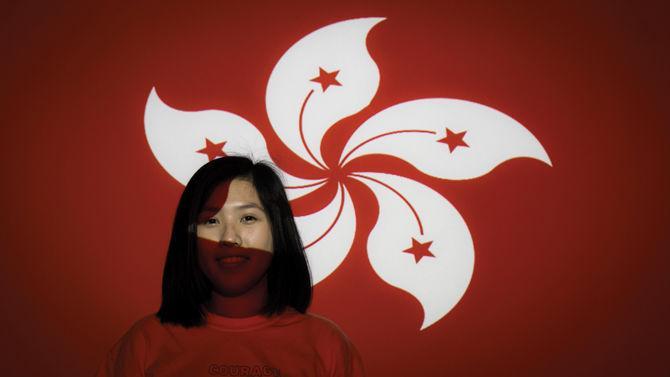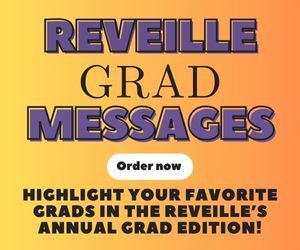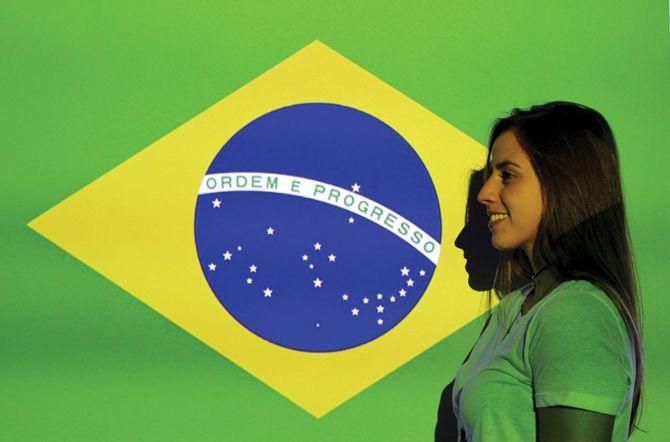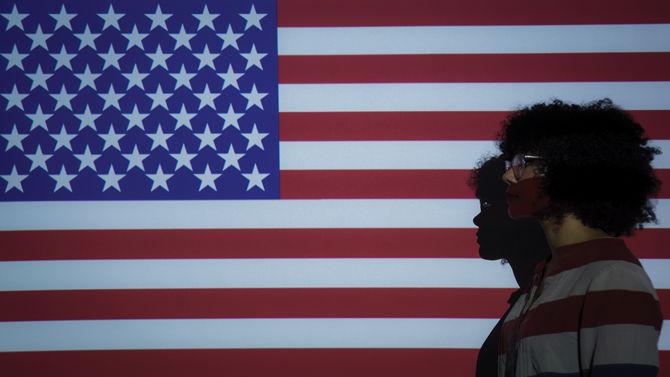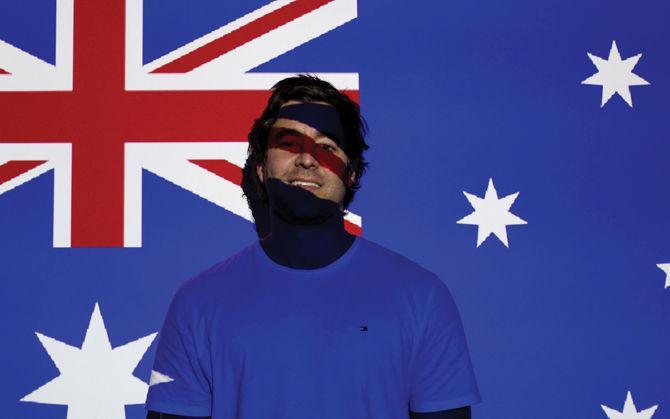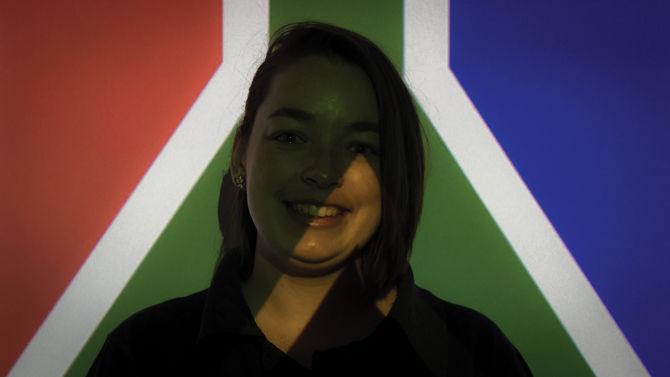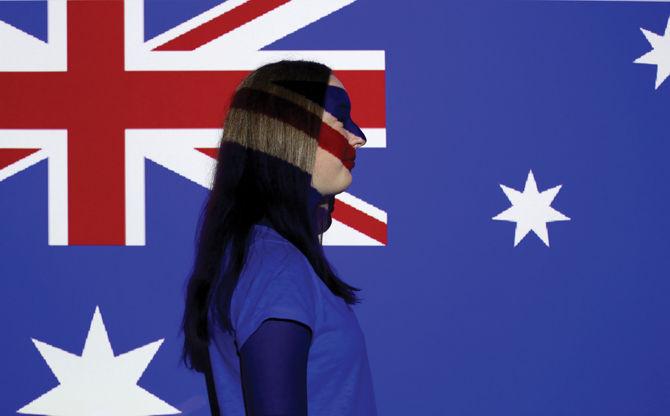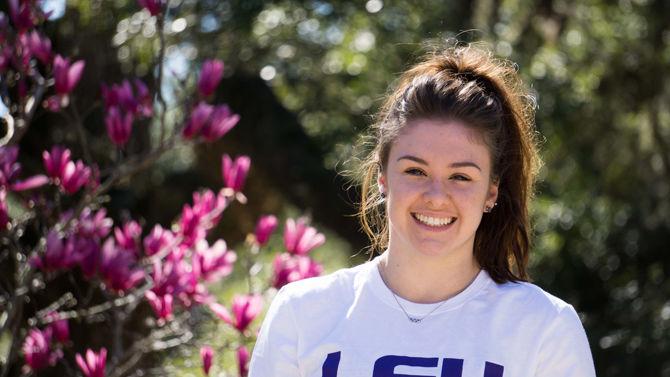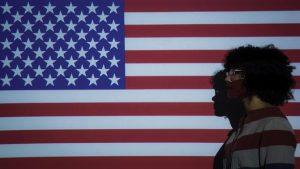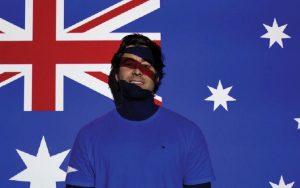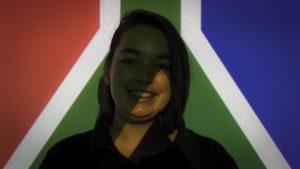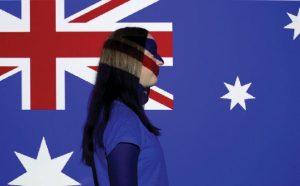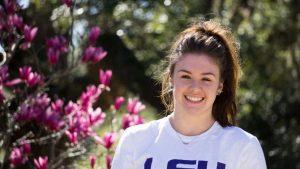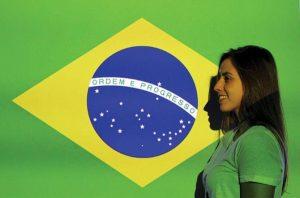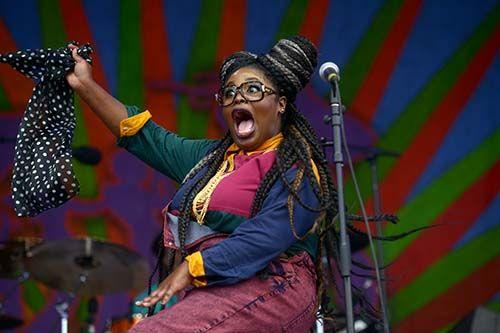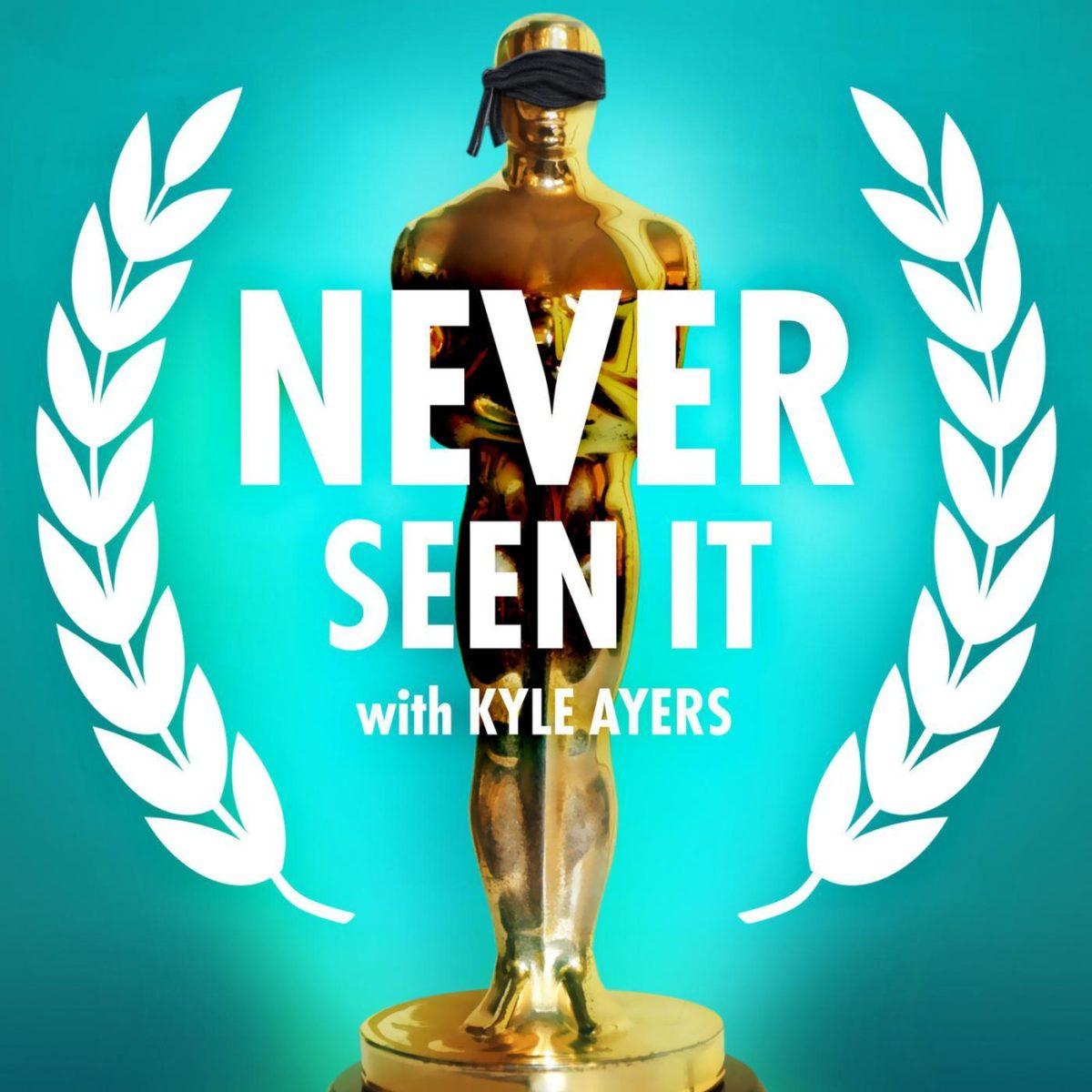The University hosts hundreds of international and foreign exchange students each year. Yearly and by semester, new students are welcomed from across the globe to the unique state of Louisiana and receive an experience different from their home country.
Getting Here
To begin the process, students are nominated by a partnering university, Study Abroad Coordinator Meg Sonstroem says.
Following the nomination, students must submit an application, transcript and immunization records.
The majority of the University’s single-year and single-semester students come from Europe, and this year, Australia, Sonstroem says. Most of the University’s students travel to Europe and Australia, and the bilateral program requires both universities in the program to exchange an equal number of students.
The bilateral program is the first of three exchange programs available at the University and entails a literal exchange of students between universities. The second exchange platform is the International Student Exchange Program, or ISEP. ISEP is based on a widespread geographic area as opposed to a single country. The third exchange platform is a consortium, specifically for engineering students, known as the Global Engineering Education Exchange, or Global E3.
The majority of foreign exchange students come to the University during the fall semester, rather than the spring semester. This is partially due to the popularity of football season, and partially because some students stay for the full academic year, which typically begins in the fall for American students. In the 2016 to 2017 school year, 86 students entered in the fall — 56 of which stayed for the spring. Comparatively, only nine foreign exchange students arrived for the first time this spring semester, Sonstroem says.
Alternatively, there are 1,647 international students pursuing a full degree this school year at the University, according to the Office of Budget and Planning. Of those seeking full-time degrees, the majority are from China, India and Iran.
According to LSU’s admissions website, students whose native languages are not English must demonstrate proficiency by taking standardized tests like the TOEFL or an IELTS, in addition to GPA requirements.
Integration
Sonstroem says foreign exchange students can get culture shock from American academics which involve homework, midterms and class participation. They’re also often shocked by the high cost of tuition.
Senior business major Ka Yee Mak says she notices the classroom differences between LSU and her university in Hong Kong. She says there is a lot more interaction between students and professors here. The University is more discussion-based while the majority of her courses in Hong Kong were based on assignments and lectures.
The most common majors of foreign exchange students are business, engineering and American studies. However, the exchange programs are about more than classwork.
Foreign exchange students are here to integrate, Sonstroem says. When students arrive at orientation, they learn University vocabulary, like the meaning of “Geaux,” the LSU fight song and tailgating basics.
The American Experience
The LSU Study Abroad Ambassadors is a new scholarship program on campus. The first of its kind in the country, the program is based on a “buddy system.”
It connects domestic students with international students, who are either foreign exchange or full-time students. The amount of hours a University student spends with his or her international student are transferred into points, which are then put toward the domestic student’s own study abroad scholarship. The scholarship is open to undergraduate University students with a 2.5 GPA and graduate students with a 3.0 GPA.
There are three tiers of activities that ambassadors do with their international partners. The most involved are roommates, who automatically receive the full amount of points for the scholarship. The other two tiers involve spending a minimum of three hours a week with their international partners: conversation exchange partners who help international students gain English skills and global learning partners, who show international students around campus and help them transition through the college semester.
Textile, apparel design and merchandising and business junior Maci Bourgeois says she learned about the program at the Study Abroad Fair. Bourgeois says she is putting her scholarship toward an eight-day field study in New York over the summer which will go toward her degree.
“There should definitely be more word out [there] about this program because it’s so cool,” Bourgeois says.“I’m learning about her culture as well as she’s learning about ours.”
Bourgeois’ international partner, Mak, listed the University as her first choice school in America because of the University’s athletic record. She was excited about the prospect of watching LSU football and baseball games.
Like Mak, many foreign exchange and international students choose to study at the University because of its sports culture.
Australian kinesiology junior Michael Cussen says the sports games here are stimulating from start to finish.
“Part of the reason I chose LSU was because of its massive sports culture,” Cussen says.
Cussen also notes that a lot of Australian employees in his field try to move and get jobs in America because the sports culture is more celebrated and commercialized.
Meg Mulcahy, a doctoral entomology student from South Africa, has been to a few basketball games.
“It’s just so big and exciting, with all the halftime breaks,” she says. “ There’s so much entertainment, that’s very different from our university sports. You feel like you’re at a national match. Everyone gets so excited and worked up. I tell people, ‘come for the sports.’ We don’t have cheerleaders and all those iconic things [at home], so seeing that, it’s really awesome.”
Besides athletics, international students are given more options for classes while also completing their degrees. They note the broadness which comes with a degree from the University, such as fulfilling numerous general education requirements.
“I’m used to only taking engineering classes at home,” Australian biological engineering junior Freya Courtney says. “…There’s a lot more flexibility [with Gen Ed. courses]; you can try different things out and you kind of have to take courses from different fields… it’s a lot more broad here, I would never take an English class back home.”
Ruby Harrold, a kinesiology freshman from Great Britain, says she liked the variety of classes because she came to the University not knowing exactly what she wanted to do and the course flexibility helped guide her toward her major. Harrold cited a big role in her admission was attaining a sports scholarship, which is nonexistent in her home country where scholarships are only awarded on academic achievements.
Courtney notes that the majority of Australia’s pop-culture is American, which spiked her interest. She says the school pride and Greek life are aspects she finds only in American universities.
“[Back home,] it’s a lot more low-key,” Courtney says. “Everything’s bigger here.”
All foreign exchange and international students agreed on a few key things — the University had a large and scenic campus and was a welcoming environment that embodied “southern hospitality.”
“It is quite daunting. Initially, I thought for sure this wasn’t for me,” Harrold says. “But being able to have the opportunity to come and visit to have an open mind with no expectations… I suppose, just giving it a go and not having such a closed mindset to begin with.”


